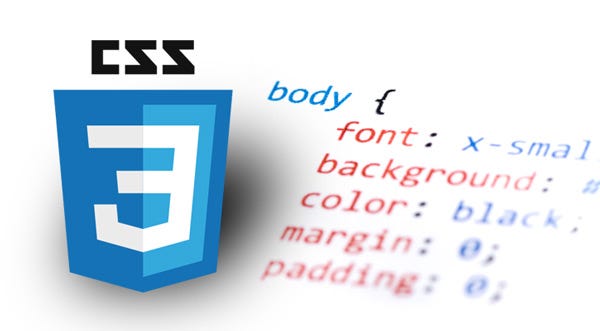Master AI & Build your First Coding Portfolio with SkillReactor | Sign Up Now
Learn HTML
Lesson 1 - Overview Of The Web And HTML
Lesson 2 - HTML Tags And Elements
Lesson 3 - Images And Multimedia
Lesson 4 - Writing Your First HTML Page
Lesson 6 - CSS Selectors And Properties
Lesson 7 - Applying CSS To HTML
Lesson 8 - Box Model
Lesson 9 - Positioning And Layout
Lesson 10 - Flexbox
Lesson 5 - Overview Of CSS
5.1 What Is CSS
CSS, or Cascading Style Sheets, is a powerful language that defines how HTML elements are displayed on a webpage. It allows you to customize the layout, colors, fonts, and overall appearance of your website.

Benefits of CSS:
-
Consistent Design: CSS ensures a consistent look and feel across multiple web pages, making it easier to maintain branding and user experience.
-
Improved Performance: By separating styles into a separate CSS file, HTML files remain leaner, resulting in faster loading times for webpages.
-
Extensive Styling Options: CSS offers comprehensive capabilities to style elements, including layout control, color schemes, typography, and more, enhancing visual appeal and usability.
-
Responsive Design: CSS facilitates responsive web design, allowing pages to adapt seamlessly to various screen sizes and devices, from desktops to smartphones.
-
Ease of Maintenance: Changes made in the CSS file are automatically applied to all linked HTML pages, streamlining the maintenance process and ensuring consistency across the site.
CSS empowers web developers to create dynamic and visually appealing websites while promoting efficiency and scalability in web design.